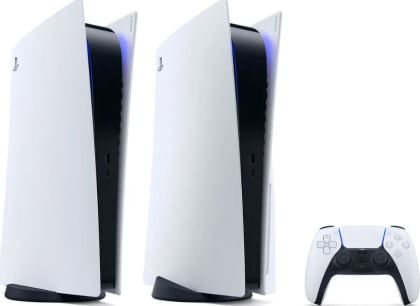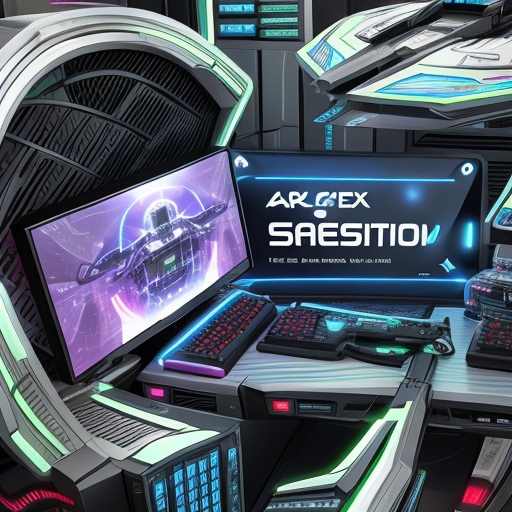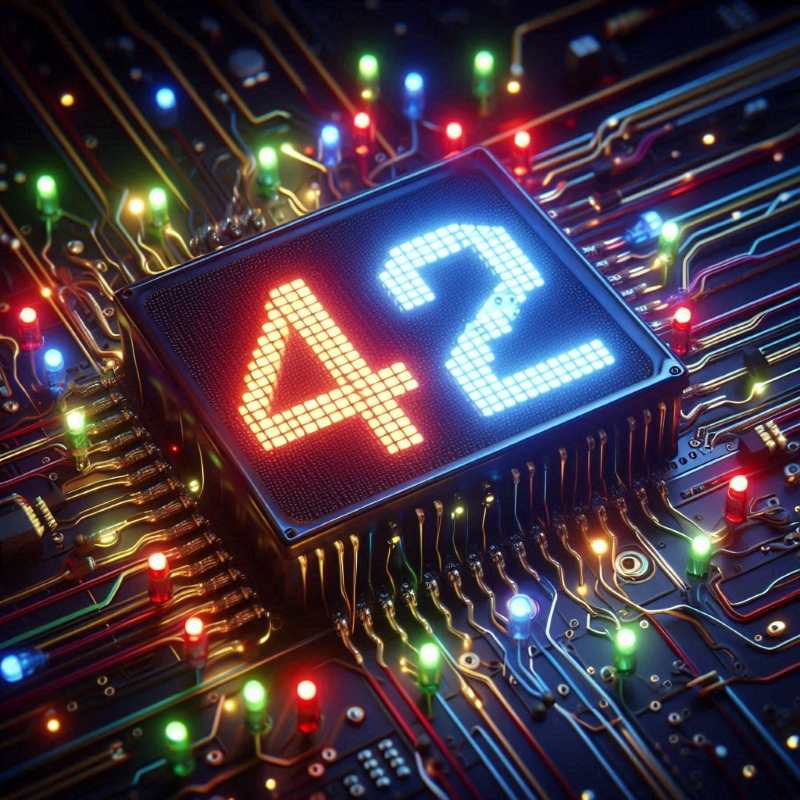In the dynamic landscape of gaming, one name stands as a paragon of technological brilliance – PlayStation. Sony’s gaming console has been an integral part of households since the inaugural release of the original PlayStation in 1994. With each subsequent iteration, PlayStation has consistently pushed the envelope of gaming technology. This blog embarks on an in-depth exploration, peeling back the layers of PlayStation technology, tracking its evolution, and delving into the cutting-edge features that make it a true gaming powerhouse.
Table of Contents

PlayStation Evolution
PlayStation 1 (PS1): The Inception of a Gaming Legend
Debuting in 1994, the original PlayStation heralded the era of CD-ROM technology, ushering in a new age with larger storage capacity for games. Iconic titles such as Final Fantasy VII and Metal Gear Solid played pivotal roles in establishing PlayStation as an industry force.
PlayStation 2 (PS2): A Multimedia Spectacle
In 2000, the PS2 became a cultural phenomenon, claiming the title of the best-selling console of all time. The introduction of the DVD format not only elevated gaming experiences but also positioned the PS2 as a multifaceted home entertainment hub.
PlayStation 3 (PS3): The Era of the Cell Processor
2006 saw the release of the PS3, featuring the groundbreaking Cell processor, a collaborative effort between Sony, IBM, and Toshiba.
Blu-ray support brought high-definition gaming and cinematic experiences into the limelight.
PlayStation 4 (PS4): Social Integration and Streaming Prowess
The 2013 release of the PS4 marked an era focused on social connectivity and shared gaming experiences. The DualShock 4 controller introduced innovative features such as a touchpad, light bar, and built-in speaker, enhancing player immersion.
PlayStation 5 (PS5): A Quantum Leap in Performance
The latest iteration, the PS5, debuted in 2020, boasting a revolutionary ultra-fast SSD for significantly reduced load times. Features such as ray tracing, 3D audio, and a custom RDNA 2 GPU from AMD contribute to a truly next-gen gaming experience.

Cutting-edge Features
- Solid State Drive (SSD) :The PS5’s SSD is a game-changer, drastically diminishing load times and facilitating seamless, open-world gaming experiences.
- Ray Tracing: Ray tracing technology in the PS5 elevates graphics by simulating the way light interacts with objects, resulting in hyper-realistic reflections and shadows.
- 3D Audio: The PS5’s Tempest 3D AudioTech delivers an immersive audio experience, creating a spatial sense that enhances the overall gaming atmosphere.
- Custom GPU Architecture: The PS5’s custom RDNA 2 GPU, a collaborative feat with AMD, delivers breathtaking visuals and supports features like hardware-accelerated ray tracing.

What will the PlayStation 6 look like
However, I can speculate on some features and advancements we might expect to see in a hypothetical PlayStation 6 based on the trends and innovations in the gaming industry:
- Enhanced Graphics and Processing Power:
- Expect a significant leap in graphics capabilities and processing power, possibly featuring a more advanced GPU and CPU combination.
- Ray Tracing Advancements:
- Building on the success of ray tracing in the PS5, the PS6 could offer even more sophisticated and realistic lighting effects, contributing to immersive gaming experiences.
- Expanded Storage Solutions:
- With the increasing size and complexity of game files, the PS6 might come with expanded and faster storage options, possibly utilizing even more advanced SSD technology.
- Cloud Gaming Integration:
- Given the industry’s growing interest in cloud gaming, the PS6 could further integrate cloud-based services, allowing for streaming and playing games without the need for extensive local storage.
- Innovative Controller Features:
- Expect the evolution of the DualSense controller, possibly with new haptic feedback features, adaptive triggers, and additional input options for a more immersive gaming experience.
- Virtual Reality (VR) Enhancements:
- Following the success of PlayStation VR on the PS4 and the PS5, the PS6 might introduce an upgraded VR system with improved resolution, tracking, and a broader range of supported titles.
- Social and Multimedia Integration:
- Building on the social and multimedia features of previous consoles, the PS6 could further integrate with social platforms, streaming services, and other entertainment mediums.
It’s important to note that these are speculative features, and the actual specifications and features of a potential PS6 would depend on technological advancements, market trends, and Sony’s strategic decisions.

The journey of PlayStation from the original PS1 to the current PS5 is a testament to Sony’s unwavering commitment to pushing the boundaries of gaming technology. Beyond sheer processing power, each iteration has introduced groundbreaking features, redefining the gaming experience. As we gaze into the future, the tantalizing promise of technological marvels from PlayStation continues to captivate the gaming community, solidifying its status as an industry pioneer. The evolution of PlayStation technology is an exhilarating saga, and with the anticipation of future advancements, the gaming world eagerly awaits the next groundbreaking chapter from this iconic brand.
Is GTA 6 run smoothly on PS (PlayStation) 5
Yes, it’s real—GTA 6 has officially launched, and the internet is exploding with excitement! Rockstar Games has taken open-world gaming to the next level with jaw-dropping graphics, a new map, and smarter AI. The best part? GTA 6 runs smoothly on the PS5, utilizing the console’s next-gen power to deliver ultra-fast loading times and stunning visuals. Whether you’re cruising through neon-lit cities or diving into action-packed missions, the PS5 is ready for GTA 6 supremacy.
for the new knowledge click here–> Read New





